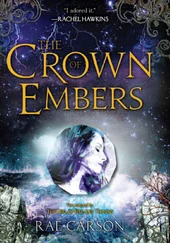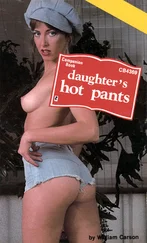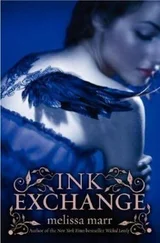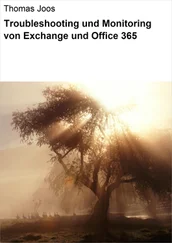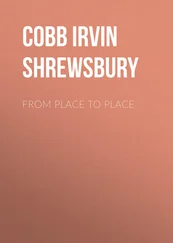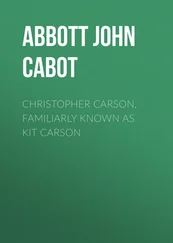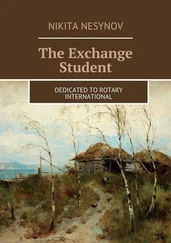On his arrival, Kilpatrick was disappointed to find that the aquarium was closed for renovation. The exhibition, too, was disappointing, held in a space made to seem larger by the circuitous route one had no option but to follow, doubling back into itself in a cramped labyrinth, tricked out with interactive computer displays. He emerged from the exit feeling cheated, as a young boy might from a tawdry fairground show. The only thing of real interest was a display of Verne’s notebooks, written in a hand at least as miniscule as that of Walter Benjamin, must have been written with a crow-quill pen, thought Kilpatrick, on what looked like account books, the narrative adding up in column after column on the page, some passages colour-coded, with notes inserted in the margins, crossings-out, insertions, arrows leading back to previous sections of the text, a universe of detail, afterthoughts about those details, in their own way as impressive as the legendary galley proofs of À la recherche du temps perdu , the printed text snowed under by the blizzard of Proust’s handwritten emendations and revisions.
To cheer himself up Kilpatrick decided to venture to Charvet in Place Vendôme, Charvet the makers of exclusive shirts and ties, cravats, pochettes in multicoloured silks; Charvet, where the rainbow finds ideas, as Cocteau said once. Kilpatrick remembered a tie he had seen in the window display once, a black shantung silk with orange and emerald green splotches. The price was beyond his means. He intended only to window-shop, but then again, perhaps they would have an end-of-season sale. He entered the Aladdin’s cave of Charvet. Shirts were arrayed in back-lit alcoves, shirts of pale lavender and acqua and sky-blue, ties spread out on a dark mahogany table in a radiant colour wheel of blues, greens, reds, browns and yellows — paisleys, stripes, polka-dots in glowing silks and soft cashmeres. The impeccably turned-out shop assistant approached him, smiling. Monsieur. He held up his forefinger, went behind one of the glass-topped counters, and took out a long thin package wrapped in emerald green tissue paper. Kilpatrick was given to understand that Monsieur had been in the shop earlier that morning, had purchased the tie, and had asked for it to be put to one side while he went on to browse some more, but when the assistant had looked for Monsieur, he had gone. And when he saw him come in again in the camel coat, le manteau fauve … Kilpatrick was about to demur. Then he thought, why not? He thought of the letter that had come to him that morning. From one John to another. He thanked the assistant profusely, put the emerald green package in his briefcase, and walked out on to Place Vendôme. He would wear the tie that evening to Freddy Gabriel’s soirée.
I am still homeless. The telephone call to a local newspaper, accompanied by a recognized code-word, had indicated the general location of the bomb, a half-mile stretch of the Antrim Road, but nothing specific. The search for the device is ongoing. I am writing this outside Caffè Nero in Ann Street. I have just come from Miss Moran’s tobacconist’s in Church Lane, adjacent to Muriel’s bar. I was running out of tobacco — so disconcerted had I been when evacuated from my home, I forgot to take the two spare packs of American Spirit I kept in the right-hand drawer of my desk. I thought of the empty house. I pictured the desk strewn with papers in the light of the art deco lamp, and myself sitting there rolling a cigarette, about to write some words. But then I would not be the person I am now. What I would write would not be this. There has been no bomb, and I have never stayed in the Adelphi Hotel. I bought the tobacco and wandered up Church Lane, into Bang Vintage round the corner, but such was my mood that I could not look at the clothes with any pleasure. I felt like a lost soul. I thought of the jacket I had bought there last week, in another world it seemed, 1960s chocolate brown hopsack with a faint charcoal stripe, Ivy League style, lovely roll to the lapel, nice drape to the material, I’d been looking for such a jacket for years. When I tried it on before the mirror it looked made for me. The shop owner knew me of old. It’s very you, he said, when I saw it on you, I thought it was your own. I was pleased that he said so, though for all I knew he was giving me a sales pitch. And I too thought the jacket was very me, or what I would like to be. But today I do not feel as if I am very me.
I roll a cigarette. I have been coming to this quarter regularly for some years now, two days a week, taking the same route every time, and I see myself in my mind’s eye retracing my steps again and again. I drive into Little Donegall Street and park the car in a cobbled yard. I lock the car and walk away from it. I turn right at the car park exit and walk past a windowless building, Shroud Manufacturers Ltd. Then a row of shut shops, their names and windows blanked by steel roller shutters covered in graffiti. Further on down is the cavernous loading bay of the Belfast Telegraph newspaper offices. Men in overalls are standing outside it smoking, others are unloading hay-bale-sized rolls of paper from a lorry. The street here smells of paper, cigarette smoke and exhaust fumes. Across the street is a nameless building, windows bricked up, formerly the Flying Horse bar, where I had my first drink, a bottle of Blue Bass. I cross the street and turn right, down Royal Avenue, past the Victorian neoclassical facade of the Belfast Central library, on whose steps I smoked my first cigarette, a John Player’s.
I cross Royal Avenue; half the buildings are festooned with To Let signs. I turn left into Lower North Street, past the Northern Ireland Tourist Office, which occupies the site of the former Alhambra Picture House, where I saw my first film, Around the World in Eighty Days . Some time in the 1960s it was converted into a Chinese restaurant, though still retaining much of the Moorish splendour of its interior, and I ate my first Chinese meal there in 1967, and visited it several times again before it was demolished after being fire-bombed in the 1970s. Today it occurs to me to take a little detour from my beaten track. I am about to make the short cut through North Street Arcade into Lower Donegall Street when I notice that the entrance is sealed by a steel roller shutter covered in graffiti, and now I remember, the arcade mysteriously burned down in 2004. Six years later the site remains undeveloped. As I take another route to my destination, Exchange Place, I see myself, as I have many times, entering Exchange Place to gaze up at the high mansard window of John Harland’s studio, imagining myself floating up invisibly to glide through the glass and look over his shoulder at what he is painting.
He is painting me. I am seated before him in a Windsor chair. He is standing at the easel and he throws little glances at me from time to time, sizing me up, eyes darting from face to canvas and back again, or taking a step towards his palette, which is on a table between him and me. The palette is level with my eye. It looks like a landscape, pigments daubed and pushed and dragged into puddles and crests, mountains of emerald green and thunderous purple collapsing into carmine lakes, hillsides of yellow ochre, fields of violet. Beside the palette is a tray filled with curled-up tubes of paint. A name catches my eye. I stretch out and lift one of the tubes. Phthalocyanine Turquoise. Lovely name, I say to Harland, do you mind if I write it down? Write away, says Harland, you might want to look at the others, there’s a phthalocyanine family, Green Lake, Blue Lake, Yellow Lake. And here’s a nice one, Unbleached Titanium Dioxide, nice buff colour, I put a touch in here and there to damp down a stronger colour. I take out my notebook and begin writing. That’s good, says Harland, keep writing, that’s very you. And I keep writing as Harland paints, writing down what he says from time to time. I’m using an old canvas here, a trial run for another piece, he says, paint over it, I like working with a set of old marks, not to care too much. I like the paint to work by itself, with just a little help from me. Make a mark, see where it takes you. The hinges of form come about by chance.
Читать дальше


